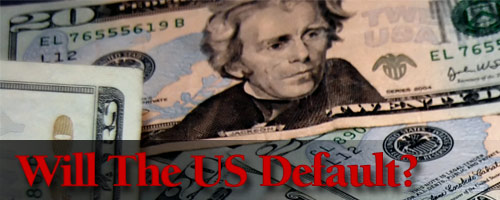For years, you have been able to access your credit report for free after being turned down for credit. Indeed, if you are turned down for a loan, the lender is required to let you know which credit reporting agency was used in making the decision to decline your application. Then, you have the right to request a copy of your credit report, in writing, from that credit agency (as long as you do it within 60 days of the rejection). Up until now, though, you only had the right to see your credit report. As of July 21, 2011, though, you will now have the right to see the credit score that resulted in your rejection.
Getting Access to Your Free Credit Score
 There are companies like Credit Sesame that can help you see a more general credit score. However, the score you see on a site like Credit Sesame, Quizzle and Credit Karma may not be the exact score used by a lender to make a decision about whether or not to lend you money. Thanks to this particular provision in the Dodd-Frank Wall Street Reform and Consumer Protection Act, you now have the right to see which credit score was used, and you will be notified of this by mail in most cases.
There are companies like Credit Sesame that can help you see a more general credit score. However, the score you see on a site like Credit Sesame, Quizzle and Credit Karma may not be the exact score used by a lender to make a decision about whether or not to lend you money. Thanks to this particular provision in the Dodd-Frank Wall Street Reform and Consumer Protection Act, you now have the right to see which credit score was used, and you will be notified of this by mail in most cases.
Earlier this year, lenders were required to let you know if you didn't get the best terms, including the best interest rate, or a requirement to have a co-signer for approval. Credit scores didn't need to be included, though. Now, credit scores will be added to the equation. All of the information that the lender used when making the decision will be included on the notification, along with date of the inquiry, as well as which credit reporting agency was used to gather the information. Only those who didn't get the best terms, or were declined, will receive the notice (usually by mail). If you are approved, at the best terms, then you won't receive anything — unless the lender decides to provide the information or credit score to you.
Some lenders actually use their own credit scoring models, and this will be disclosed in any letter informing you of rejection, or of the reception of less than favorable terms. Lenders have to let you know that they aren't using a scoring model based on FICO, and then provide you with the scoring range that is used. You can also call the financial institution to get more information about the credit scoring model so that you better understand why you were rejected.
Bottom Line
For years, consumers and consumer advocates have been complaining about credit reporting practices that keep borrowers in the dark about what information is being used to make decisions about their financial futures. The ability to see your credit score for free when you are declined is a step toward better understanding your total credit history. It also provides you with some of the information you need to make more informed decisions, as well as target financial habits that could use improvement.




